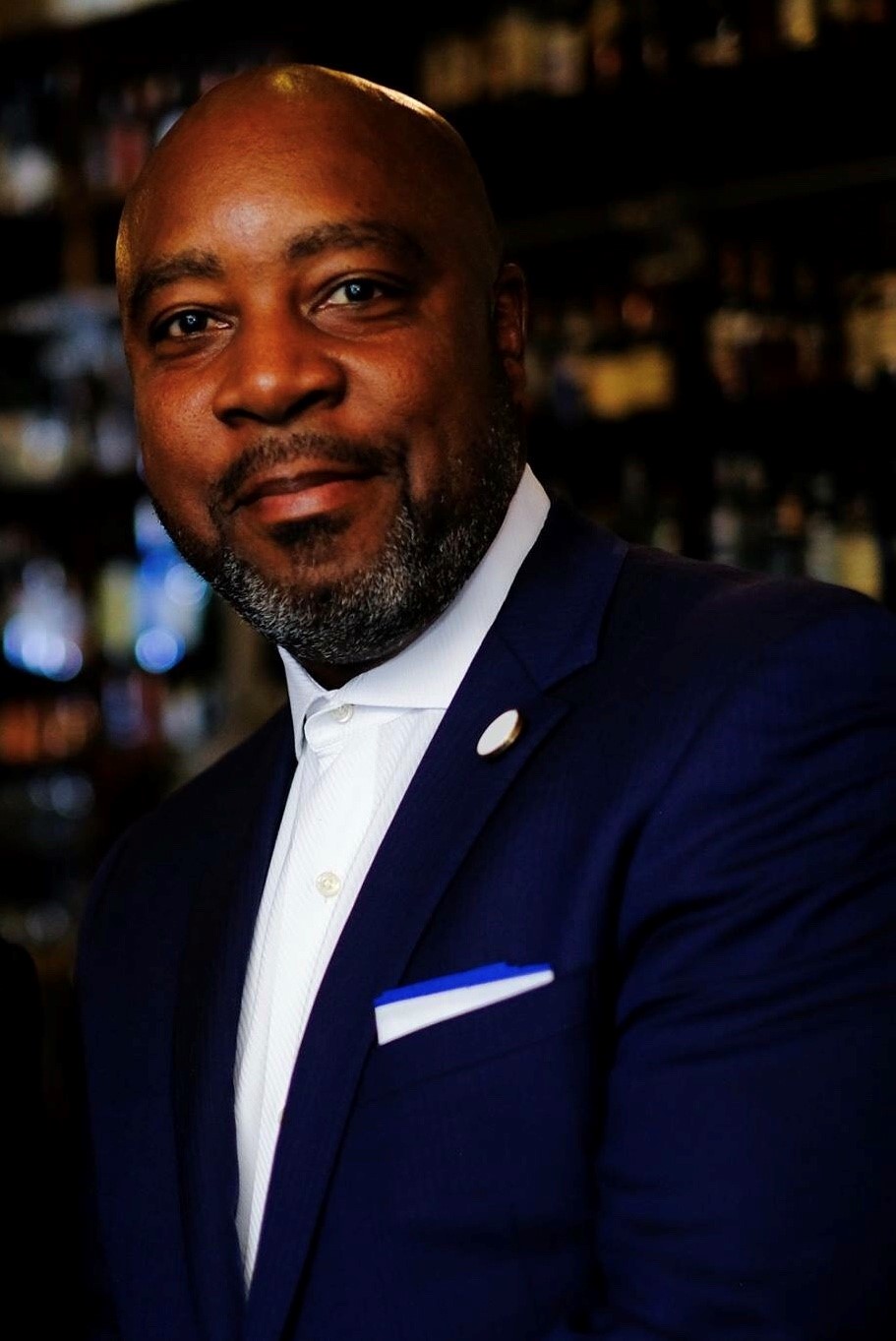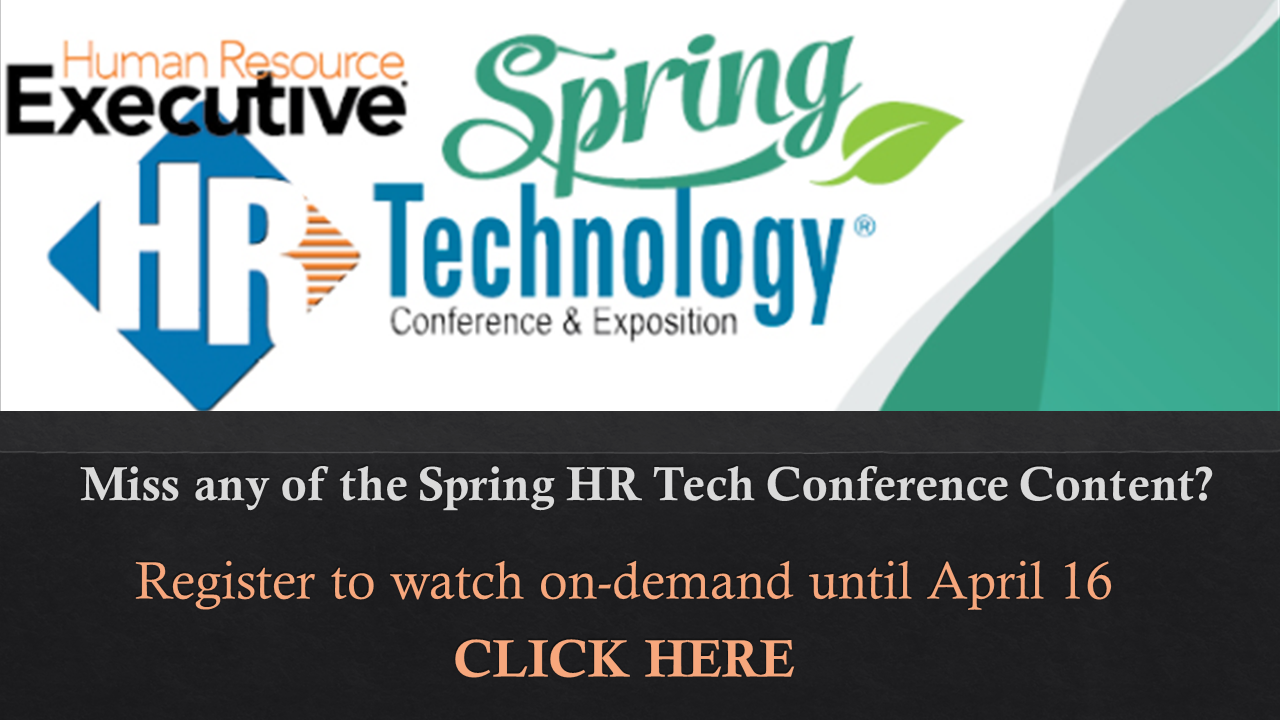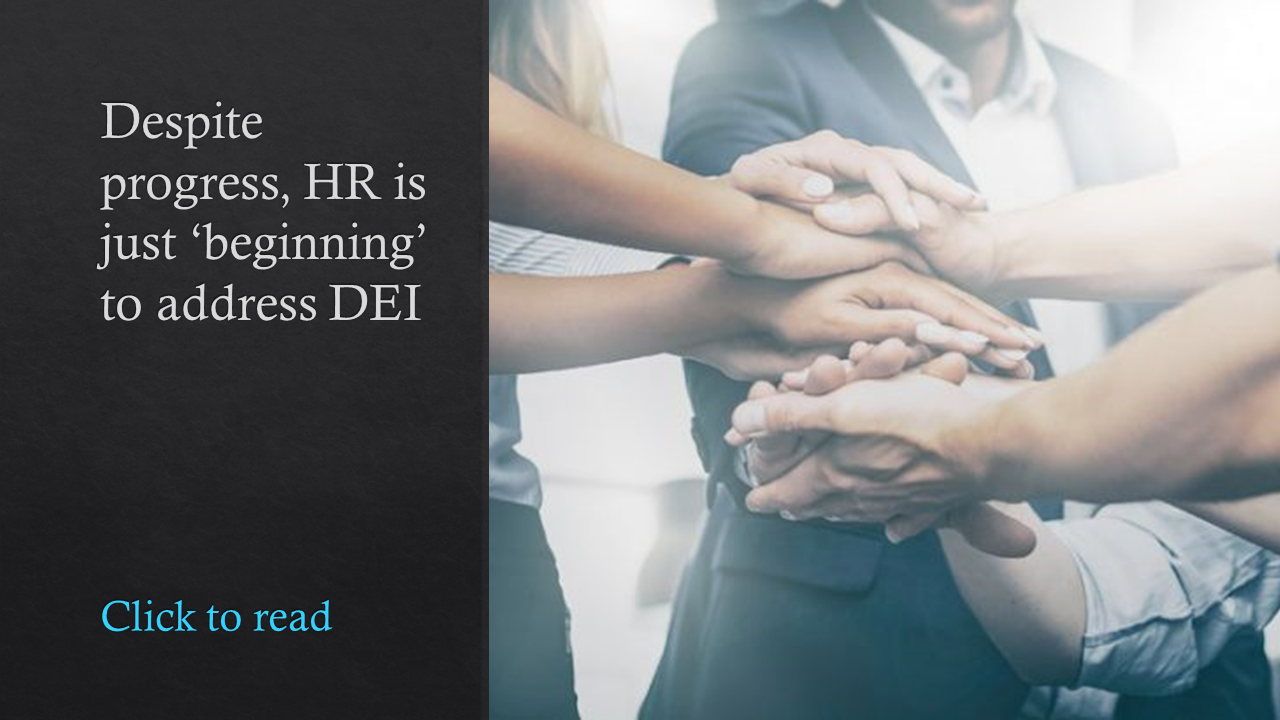Racial inequality in the United States over the past 20 years has cost the economy close to $16 trillion, according to a recent report from Citi, and if employers don’t dramatically shift their DEI efforts, it will cost another $5 trillion in the years to come.

That was the warning from Torin Ellis, author and expert on diversity, equity, inclusion and belonging strategy and risk mitigation, during his keynote address Friday at the virtual Spring HR Technology Conference & Exposition.
But he sees HR leaders beginning to make a difference around DEI because it is so important.
“It matters how races are engaged within the organization,” Ellis said. “It matters how LGBTQ, non-gender conforming, people with disabilities and others that are underrepresented are engaged within the organization. It absolutely matters.”
Related: Black Lives Matter: A call to action for HR
Humanity sits at the center of all DEI conversations, Ellis said, quoting Martin Luther King, Jr.: “We are caught in an inescapable network of mutuality, tied in a single garment of destiny. Whatever affects one directly, indirectly affects us all.”
From academia to AI, blockchain to Boston, Nasdaq to nursing, supply chain to San Francisco, diversity, equity inclusion and belonging are essential, Ellis said.
“No matter where you are. No matter your role or title, [DEI] matters not what the sandbox looks like, it matters that for far too long, the fledgling efforts have been standard,” he said.
“We put chief diversity officers in place with no resources or power,” Ellis said. “We put program leads in place, poorly prepared for the pursuit of doing what it takes to bring about DEI inside our organizations.”
Also see 5 steps to taking meaningful action to advance DEI initiatives
Ellis challenges HR to approach DEI differently, noting that for too long, workplaces have championed complacency.
“You’ve applauded mediocrity,” he said. “You put up a press release thinking that was going to solve all the problems of black and brown people, people with disabilities, LGBTQIA, gender preferences. You’ve done things that have only placated progress. You’ve been complicit.”
What’s missing has been connecting the dots to the big picture. To help HR leaders get DEI efforts moving in the right direction, he offered three strategies.
First, to shift DEI from cost to value, examine DEI across the many facets of a human being.
“Your leaders have to be prepared to chase the uncomfortable conversations,” he noted. “It’s got to be more promising rather than punitive dialogue with modeled behavior.”
Second, recognize that tech is nothing more than a tool and certainly not a silver bullet.
“I firmly believe in technology as a coefficient to doing better work around DEI,” he said. “But if you think technology is going to be the fairy dust that brings you DEI in [your] organization, well you are sorely missing the point of my conversation.”
Related: Read more Spring HR Tech coverage here.
Third, leverage your analytics.
 “When you’ve looked at your data in the past, you have a narrative,” he said.
“When you’ve looked at your data in the past, you have a narrative,” he said.
“But I need you to shift,” he said. Some people have been missing from organizations’ diversity efforts. HR leaders must ensure they’re including different people in their conversations. Quoting the European Union, “diversity monitoring, if done right, can aid evidence-based policymaking against discrimination, inequalities and exclusion.”
Employees need to know that the playing field is level so that when they bring their drive, their personal performance and their rigor to the equation, they will be evaluated fairly.
“Let’s build cultures that allow for everyone to show up, contribute, be productive,” he concluded. “It’s time for corporate America to lead on the issue of diversity and inclusion.”



